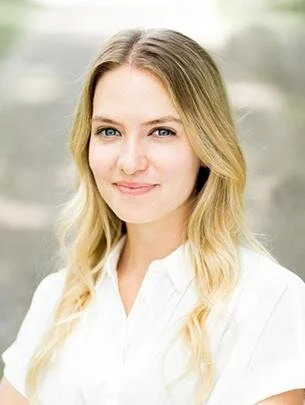What we’ve learned from a year of COVID-19
Take Care, Photo by Michael Tropea
One year ago, the World Health Organization officially declared COVID-19 a pandemic, calling on countries to “take urgent and aggressive action” to stop the spread of the disease. Since March 11, 2020, our world has been transformed: In the United States, more than 500,000 lives have been lost, and economic and social activity have been disrupted in unprecedented ways.
While the public health consequences of the pandemic have been among the most acute, the novel coronavirus has left no domain untouched: The arts have pivoted to virtual performances and programs, religious communities have found new ways to offer services, and lawyers have had to think differently about the government’s role in mitigating the crisis.
In two excerpts from this UChicago News article, Doriane Miller, Associate Professor of Medicine and Director of the Center for Community Health and Vitality, and Jennifer Carty, Associate Curator of Modern & Contemporary Art, Smart Museum of Art, reflect on the impact of the pandemic in communities and in the arts.
Assoc. Prof. Doriane Miller
Doriane Miller, Associate Professor of Medicine and Director of the Center for Community Health and Vitality
From my perspective as a primary care physician, COVID-19 hasn’t resulted in revelations that have changed my practice so much as it has underscored the severity of the enormous health disparities that we knew existed in Black and brown communities around the city.
I’ve spent much of my career working in settings like community health centers, and many of the patients that I’ve cared for over the years have had chronic health conditions like high blood pressure, diabetes, obesity, and COPD. I do what I can to provide care for these conditions, but they stem in part from “social determinants of health” which impact people’s ability to care for themselves. These could be things like their ability to exercise in a safe place; afford the medications that are prescribed for them; buy healthy food; and avoid exposure to pollutants.
When these abilities are limited, health disparities are produced. But it’s important to note that acute illness hasn’t been the only negative outcome of the pandemic for these communities: They’ve also dealt with lost economic opportunities, and mental health challenges in terms of the sheer amount of grief that many communities of color, especially, have experienced.
Many of my patients have lost a family member or friend to COVID-19, in a year that has also been marked by the culmination of structural inequities in other areas. In particular, the killings of George Floyd, Breonna Taylor, and others have added to a sense of collective grief not only within families, but also about what they see as an extension of their positions in society.
Ultimately, a lack of dignity, respect, adequate preparation, and care at a fundamental level has led to the deaths of people who didn’t need to die—not just in Black and brown communities, but other communities as well.
Jennifer Carty, Associate Curator of Modern & Contemporary Art, Smart Museum of Art
The pandemic has offered a moment for many institutions and art world professionals to look inward. In this year without real-world engagement with art and artists, we have learned how to cope with absence—absence of our publics filling galleries, absence of University classes meeting around objects, absence of spontaneous and enlightening encounters with coworkers and colleagues across the field. But through this void, it has shown us that creativity and connectivity are inextinguishable.
In the fall of 2020, two exhibitions I co-curated opened at the Smart Museum of Art for only a few short weeks: Take Care and Claudia Wieser: Generations. Thanks to the Smart’s nimble and indefatigable team of educators, these exhibitions were able to live on in the virtual space long past their physical presence. We hosted a myriad of online art-making sessions that invoked a spirit of togetherness, developed public panels, and produced a series of small gestures from the Feitler Center of Academic Inquiry, offering a platform for 10 College and graduate students to create videos reflecting on the varied forms and effects of care during this time.
What I have re-learned is something that is fundamental to the museum field: We cannot replace first-person experiences with art in the virtual realm. But in spite of incredible hurdles and the absence of physical encounters, museums can still deftly foster dialogue, forge connections, and expand our viewpoints of the world which is needed now more than ever.
Jennifer Carty



